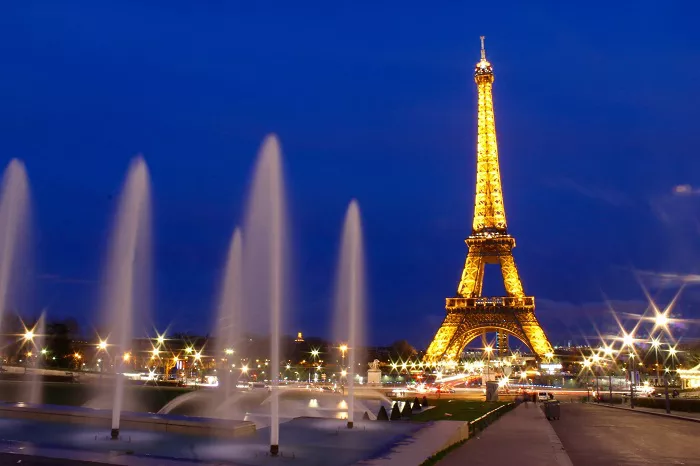As Paris prepares for an impending heatwave this weekend, an expansive underground cooling system—powered by water from the River Seine—is set to play a key role in keeping some of the city’s most iconic buildings, including the Louvre Museum, cool.
Since 1991, the city has quietly operated what is now the largest urban cooling network in Europe. Spanning 110 kilometers beneath the capital, this system channels chilled river water to more than 800 sites, significantly reducing the need for conventional air conditioning.
The system, managed by Fraîcheur de Paris and co-owned by French energy company Engie, functions similarly to a district heating network but in reverse. It transfers heat from buildings into the chilled water, which is then circulated through the city. Unlike traditional air conditioning, this method does not release warm air into the streets, contributing instead to a more sustainable urban climate.
Though the technology dates back decades—New York’s United Nations headquarters has used East River water for cooling since the 1950s—its application remains rare globally due to the high level of planning and infrastructure required. In Paris, however, the network has grown significantly in recent years in response to increasingly frequent and intense heatwaves.
Fraîcheur de Paris emphasizes the environmental and economic benefits of the system, citing reductions in electricity usage, chemical inputs, and carbon emissions. According to Raphaëlle Nayral, the organization’s secretary general, summer temperatures in Paris could soar to 50 degrees Celsius (122 degrees Fahrenheit) by 2050, making sustainable alternatives to traditional air conditioning imperative.
“Otherwise we will make this city completely uninhabitable,” Nayral warned.
Air conditioners are estimated to account for 7% of global greenhouse gas emissions, due both to energy demands and the leakage of refrigerants—potent contributors to global warming. Moreover, studies indicate that the widespread use of air conditioning can raise urban temperatures by approximately 0.5 degrees Celsius.
The Paris cooling system comprises 12 power stations that distribute chilled water across the city, including to the national parliament. Even during winter months, the network is used to cool server rooms and other high-heat infrastructures.
Thirty meters beneath the surface of the city’s upscale eighth arrondissement, the subterranean facility is a maze of tanks and pipes humming with energy. “It’s a bit like the song of the Seine,” Nayral remarked over the background noise of compressors.
Environmental safeguards are built into the system. Water withdrawn from the Seine cannot be returned unless the temperature difference is less than 5 degrees Celsius, to avoid disrupting the river’s ecosystem.
Beyond the Louvre, the network currently serves department stores, office buildings, concert halls, transportation infrastructure, and at least one hospital. Plans are underway to extend the cooling service to schools, daycare centers, and retirement homes.
Looking ahead, the network is expected to more than double in size by 2042, expanding to 245 kilometers to meet the city’s increasing demand for sustainable cooling.
While individual homes may eventually be included, connecting them to the network would require extensive renovations, indicating a longer timeline for residential integration.


